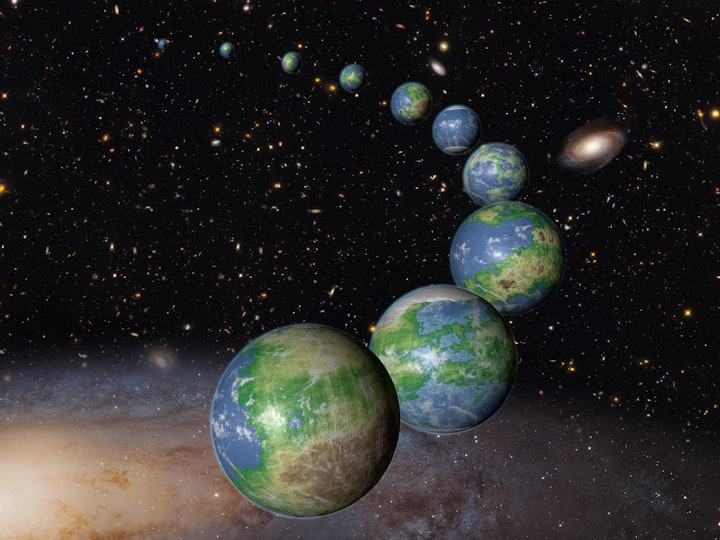Book Review: “Lonely Castle in the Mirror” by Mizuki Tsujimura
5/5 - A post-modern theory of many worlds and times...

I have read many of these strange and twisted books in my time in which ideas of parallel universes and strange differences in worlds get tossed around now and again. I think that the best one of these and possibly one of my personal favourite books of all time was David Mitchell’s “Cloud Atlas” in which the theory of time is explored through a more modern investigation into the butterfly effect and into reincarnation theory. Past and present lives both have an impact on the future no matter how big or small the situation may be. Post-modernist literature lends its hand to so many different ways of telling said stories whether that is out of time order or out of order of worlds and universes. Shows such as “Dark” and “Sense 8” on Netflix have been known to explore the subject of many worlds as well, with the ideas of time mixed up so that the audience should figure it out before the climax and finale. When we explore these books and shows as the audience, we already know we are looking for something twisted and almost overly complex. I had no idea that this was going to be the case in this recent book I had finished entitled “Lonely Castle in the Mirror” by Mizuki Tsujimura.
A book that simply starts off as a child not wanting to go to school and then becoming the victim of other students whom she had befriended in her old, elementary school - she is trying to come to terms with Junior High. Named Kokoro, she actually has the same name as the school and she is going into class five. However, she fakes a stomach ache and does not end up going. Seeing a bright light coming from her home mirror, she puts her hand on it and steps in. Seeing an incredible castle and an amazing atmosphere that even has a Wolf Queen, she meets six other children, all of whom are in the same situation as her. The only problem being is that not only do they all go to the same school, they also can’t even see each other outside of the mirror. The question is: do these people even exist? Is it a game set up by another student to prank her? Or, are these children each a part of a different universe in which they all must find each other before one of the universes just vanishes altogether?
The writing is short and sweet, adding atmosphere only where appropriate and, nothing really like a Sci-Fi novel, it is written in a very realist and modernist way with quotations normally being about the very literal things that Kokoro is doing rather than the more abstract concepts of what is behind the mirror and why. The book is split up into semesters and the group slowly realises that even though they have to find some sort of key - none of them actually knows who the Wolf Queen is behind that mask and so, seek to find it out.
In conclusion, I absolutely adored this book far more than I thought I would. It really is a hit or miss with these books because the way they are written can be far too abstract sometimes. However, there is a big change between the start, which is a modernist idea of Japanese life and the latter half, in which there are far more concepts of space and time, universes and worlds, theories and philosophies etc. It would make a brilliant book to study and eventually will surely become one of the best books I have read over the course of half a year.
About the Creator
Annie Kapur
200K+ Reads on Vocal.
English Lecturer
🎓Literature & Writing (B.A)
🎓Film & Writing (M.A)
🎓Secondary English Education (PgDipEd) (QTS)
📍Birmingham, UK






Comments
There are no comments for this story
Be the first to respond and start the conversation.